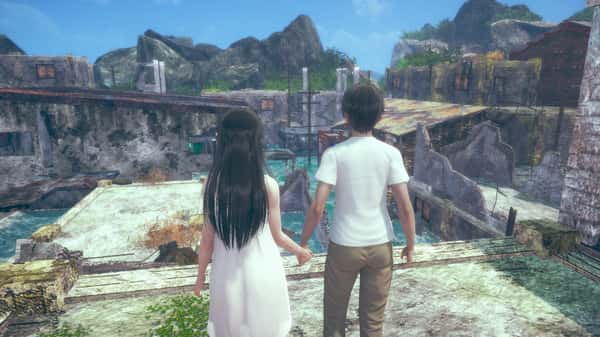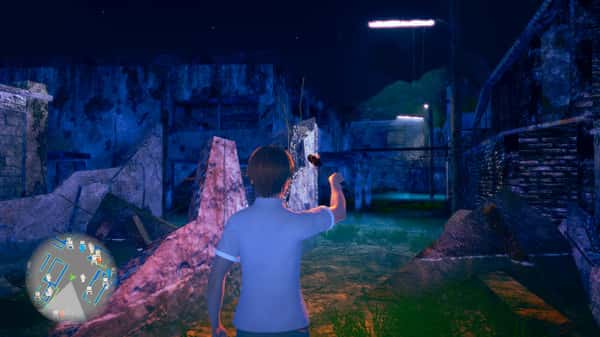AI少女|官方中文下载
AI少女中文官网
AI少女这是一款3D生活模拟游戏,主人公醒来后发现自己身处一座遍布废墟的神秘荒岛的沙滩上,却不知自己的真实身份。他与一位同住的女孩一起,过着无尽的生活。主人公(可选择男性或女性)和同住的女孩可以通过调整发型、体型、身高等细节参数来定制自己的角色。除了角色的身体之外,您还可以享受高度自由的自定义功能,例如改变肤色、在服装上添加图案等。
🔑 即刻下载
🖱️ 游戏教程
角色爱好者的游戏
这款游戏的核心部分是角色创建。

你可以创建非常精细的角色,所以
尽情发挥你的想象力吧!
你创建的角色会随着AI移动和成长(太棒了)。
关于角色性别
如果你不是要创建男性角色,我

绝对建议在创建女性角色时选择双性人角色。原因是,虽然
女对女的玩法比较平淡,变化也比较少,但
设置为双性人角色可以增加多样性,所以我推荐这样做。
人工智能的反应出奇地好
人工智能的反应也很好,所以类型和愿望的结合似乎可以产生很大的不同。
◆极致的3D生活模拟来袭,在变成废墟的荒岛上与少女自由度过时光! ◆

━━━━━━━━━━━━━━━━━━━━━━━━━━━━━━━━━━━━━━━━━━━━━━━━━━━━━━━━━━━━━━━━━━━━━━━━━━━━━━━━━━━━━
“AI*Girl~AI少女” 是一款终极 3D 生活模拟游戏,它打破了游戏领域的传统观念。
与充满存在感、仿佛拥有独立生命的AI少女们一起,在荒岛上享受悠闲自在的生活。
*所有角色均已年满18岁。
━━━━━━━━━━━━━━━━━━━━━━━━━━━━━━━━━━━━━━━━━━━━━━━━━━━━━━━━━━━━━
◆使用功能丰富的角色化妆 功能创建您喜欢的角色。 您可以创建自己喜欢的AI女孩! ◆
━ ... ━━━━━━━━━━━━━━━━━━━━━━━━━━━━━━━━━━━━━━━━━━━━━━━━━━━━━━━━━━━━━━━━━ ◆ 与自由自主行动的 AI 女孩一起感受前所未有的最强存在感! ◆ ━ ... 《AI*Girl》中的女孩们会自己思考和行动。 她们独立自由的行动,真实地展现了生命力。 这些拥有极致生命力的AI少女,将与你一起在荒岛上生活。 ━━━━━━━━━━━━━━━━━━━━━━━━━━━━━━━━━━━━━━━━━━━━━━━━━━━━━━━━━━━━━━━━━━━ ◆ 和女孩们一起在废墟岛上体验极致的慢生活! ◆ ━ ......
🔥 即刻下载AI少女|官方中文下载
准备好开启冒险了吗?